Werner Karl Heisenberg was a German theoretical physicist and one of the key pioneers of quantum mechanics. He published his work in 1925 in a breakthrough paper. In the subsequent series of papers with Max Born and Pascual Jordan, during the same year, this matrix formulation of quantum mechanics was substantially elaborated. Take a look below for 30 more interesting and awesome facts about Werner Heisenberg.
1. He’s known for the Heisenberg uncertainty principle, which he published in 1927.
2. Heisenberg was awarded the 1932 Nobel Prize in Physics for the creation of quantum mechanics.
3. He made important contributions to the theories of the hydrodynamics of turbulent flows, the atomic nucleus, ferromagnetism, cosmic rays and subatomic particles.
4. He was instrumental in planning the first West German nuclear reactor at Karlsruhe, together with a research reactor in Munich, in 1957.
5. Heisenberg was a principle scientist in the Nazi German nuclear weapon project during World War II.
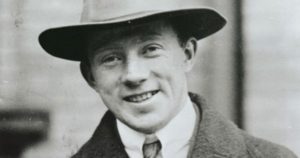
6. He traveled to occupied Copenhagen, where he met and discussed the German project with Niels Bohr.
7. Following World War II, he was appointed director of the Kaiser Wilhelm Institute for Physics, which soon thereafter was renamed the Max Planck Institute for Physics.
8. He was director of the Max Planck Institute for Physics until it was moved to Munich in 1958, when it was expanded and renamed the Max Planck Institute for Physics and Astrophysics.
9. Heisenberg was also president of the German Research Council, chairman of the Commission for Atomic Physics, chairman of the Nuclear Physics Working Group, and president of the Alexander von Humboldt Foundation.
10. His father, Dr. August Heisenberg, became a professor of middle and modern Greek languages at the University of Munich.
11. In 1920, Heisenberg entered the University of Munich to study physics.
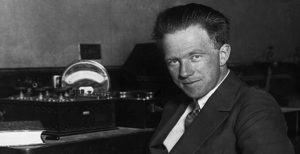
12. In 1923, he earned his PhD in physics from the University of Munich.
13. After graduation, he became an Assistant to Max Born at the University of Gottingen.
14. He earned a Rockefeller grant and spent 1924 and 1925 at the University of Copenhagen, where he studied with Niels Bohr.
15. In 1926, he became a lecturer in Theoretical Physics at the University of Copenhagen.
16. In 1927, he moved to Leipzig, where he accepted the appointment of Professor of Theoretical Physics at the University of Leipzig.
17. In 1941, he became Professor of Physics at the University of Berlin and Director of the Kaiser Wilhelm Institute for Physics.
18. Heisenberg was captured by American troops during World War II and sent to England.
19. In 1947, he lectured at Cambridge. In 1950 and against in 1954, he lectured at various universities in the United States.
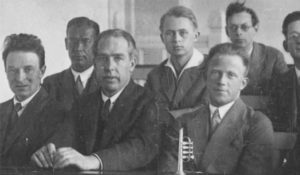
20. In January 1937, Heisenberg met Elisabeth Schumacher at a private musical recital. Elisabeth was the daughter of a well-known Berlin economics professor, and her brother was the economist E.F. Schumacher, author of Small Is Beautiful. Heisenberg married her on April 29.
21. Fraternal twins Maria and Wolfgang were born in January 1938. They had five more children over the next 12 years.
22. Heisenberg enjoyed classical music and was an accomplished pianist.
23. He was raised and lived as a Lutheran Christian, publishing and giving several talks reconciling science with his faith.
24. Heisenberg enjoyed mountaineering. In his autobiography, he included photographs from his various trips.
25. He died of kidney and gall bladder cancer at his home on February 1, 1976. The next evening, his colleagues and friends walked in remembrance from the Institute of Physics to his home and each put a candle near the front door.
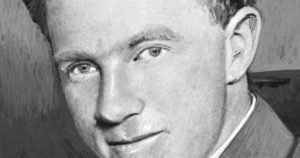
26. In 1973, Heisenberg gave a lecture at Harvard University on the historical development of the concepts of quantum theory.
27. From 1957, Heisenberg was interested in plasma physics and the process of nuclear fusion. He also collaborated with the International Institute of Atomic Physics in Geneva.
28. He was a member of the International Institute of Atomic Physics’ Scientific Policy Committee, and for several years was the Committee’s chairman.
29. On March 24, 1974, Heisenberg gave a speech before the Catholic Academy of Bavaria, accepting the Romano Guardini Prize.
30. In 1952, he served as the chairman of the Commission for Atomic Physics of the DFG. Also that year, he headed the German delegation to the European Council for Nuclear Research.

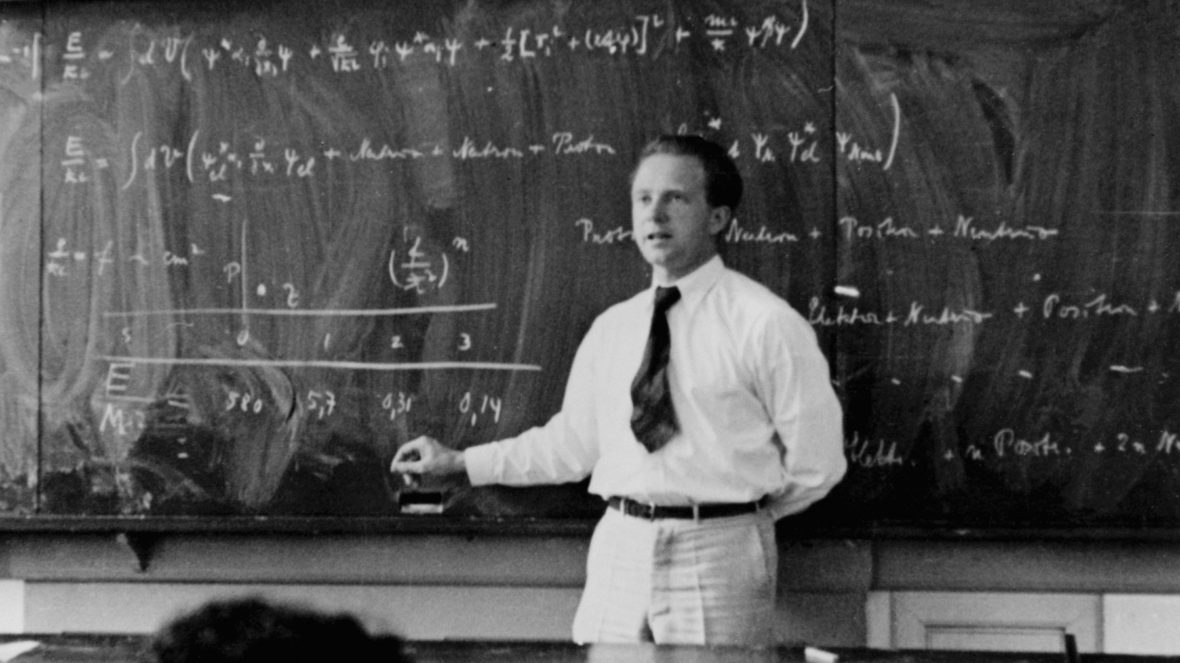


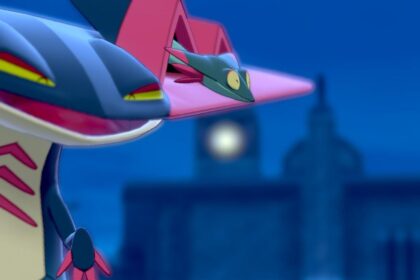
One Comment
Pingback:
June 23, 2018 at 11:31 pm